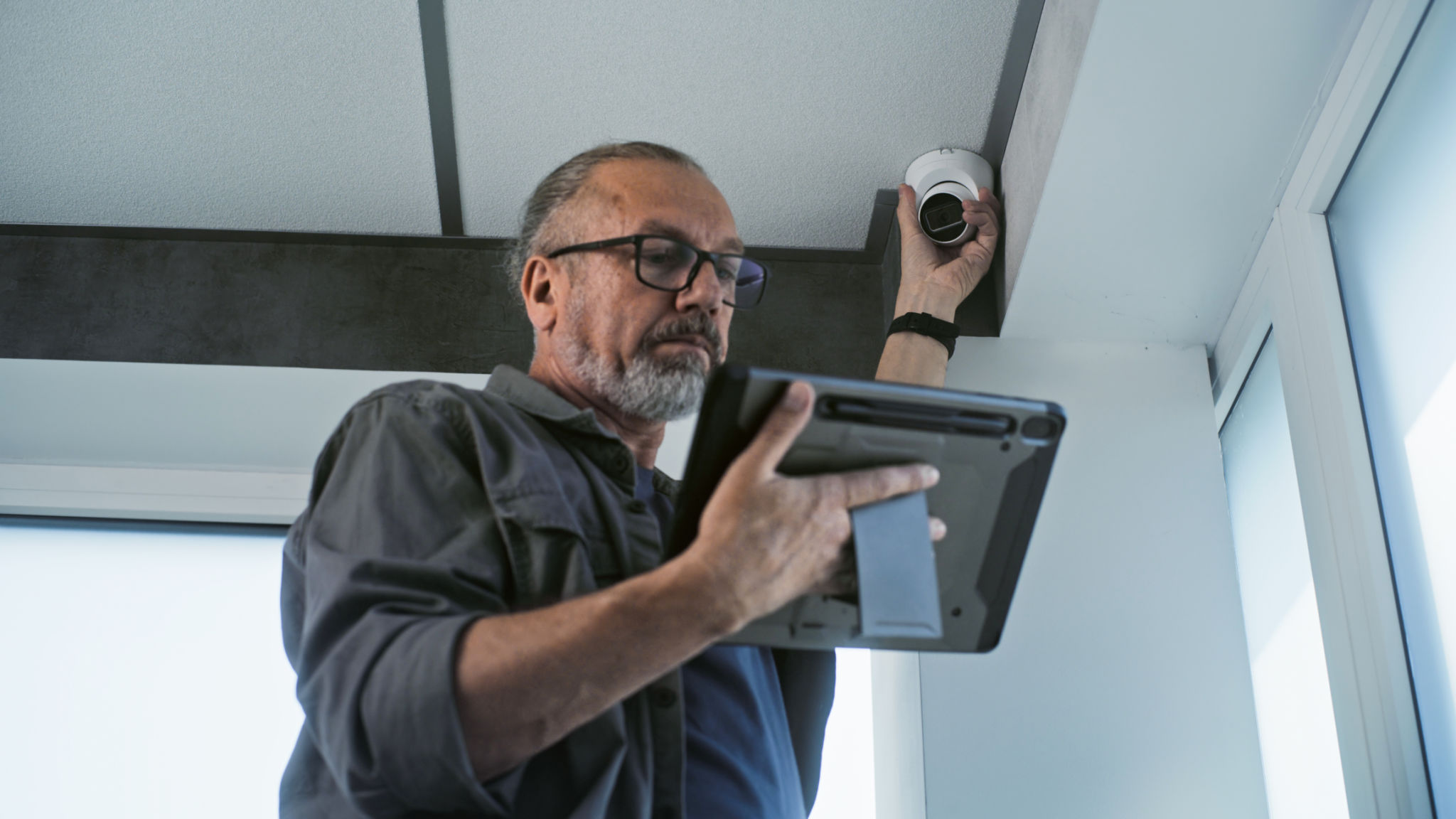The Ultimate Guide to Security Cameras Installation in Woodstock: What You Need to Know
AM
Understanding the Importance of Security Cameras
In today's world, ensuring the safety and security of your home or business is more important than ever. Security cameras are a crucial component of any comprehensive security system, providing peace of mind and deterring potential intruders. In Woodstock, the demand for effective security measures has grown, making it essential to understand the ins and outs of security camera installation.
Security cameras not only help in monitoring activities but also aid in gathering evidence should any incidents occur. Whether you're a homeowner or a business owner, investing in a quality security camera system is a step towards safeguarding your property and loved ones.

Types of Security Cameras
Before diving into installation, it's important to be familiar with the different types of security cameras available. The main categories include:
- Wired Cameras: These cameras are connected to a recording device and power source through cables. They offer reliable video quality but may require professional installation due to their complexity.
- Wireless Cameras: Easier to install, these cameras transmit video through Wi-Fi. However, they may face interference issues and depend on your network's strength.
- Indoor Cameras: Designed for interior monitoring, these cameras are typically smaller and less obtrusive.
- Outdoor Cameras: Built to withstand weather conditions, outdoor cameras are often more durable and equipped with features like night vision.
Choosing the right type of camera depends on your specific needs and the areas you wish to monitor.

Planning Your Security Camera Installation
Effective security camera installation begins with strategic planning. Start by identifying the areas you want to cover. Common locations include entry points like doors and windows, driveways, and common areas such as living rooms or office spaces.
Consider factors such as lighting conditions and potential obstructions when selecting camera placement. Ensure that cameras are positioned at an angle that maximizes their field of view while minimizing blind spots. This step is crucial in capturing clear footage.
Installation Tips and Best Practices
Once you've planned your setup, it's time to install your security cameras. Here are some best practices to follow:
- Position Cameras High: Install cameras high enough to prevent tampering but low enough to capture clear images.
- Avoid Direct Sunlight: Position cameras away from direct sunlight to avoid glare and ensure better image quality.
- Secure Connections: Ensure all wiring is secure and protected from weather conditions or potential vandalism.
- Test Your System: After installation, test your cameras to ensure they are functioning correctly and covering the desired areas.

Maintaining Your Security Camera System
A well-maintained security system is essential for ongoing protection. Regularly check your camera lenses for dirt or debris that might obscure the view. Verify that all connections are intact and that your recording devices are functioning properly.
It’s also wise to periodically review footage to ensure your cameras are capturing high-quality images and that there haven’t been any system failures or issues.
The Benefits of Professional Installation
While DIY installation can be cost-effective, hiring a professional ensures that your system is expertly set up for optimal performance. Professionals can provide valuable advice on camera placement, system integration, and ongoing maintenance.
In Woodstock, there are numerous reputable service providers specializing in security camera installations. They can assist in tailoring a system that meets your specific needs, providing you with enhanced peace of mind.
By understanding the various aspects of security camera installation, you can make informed decisions that enhance safety for yourself and those around you.